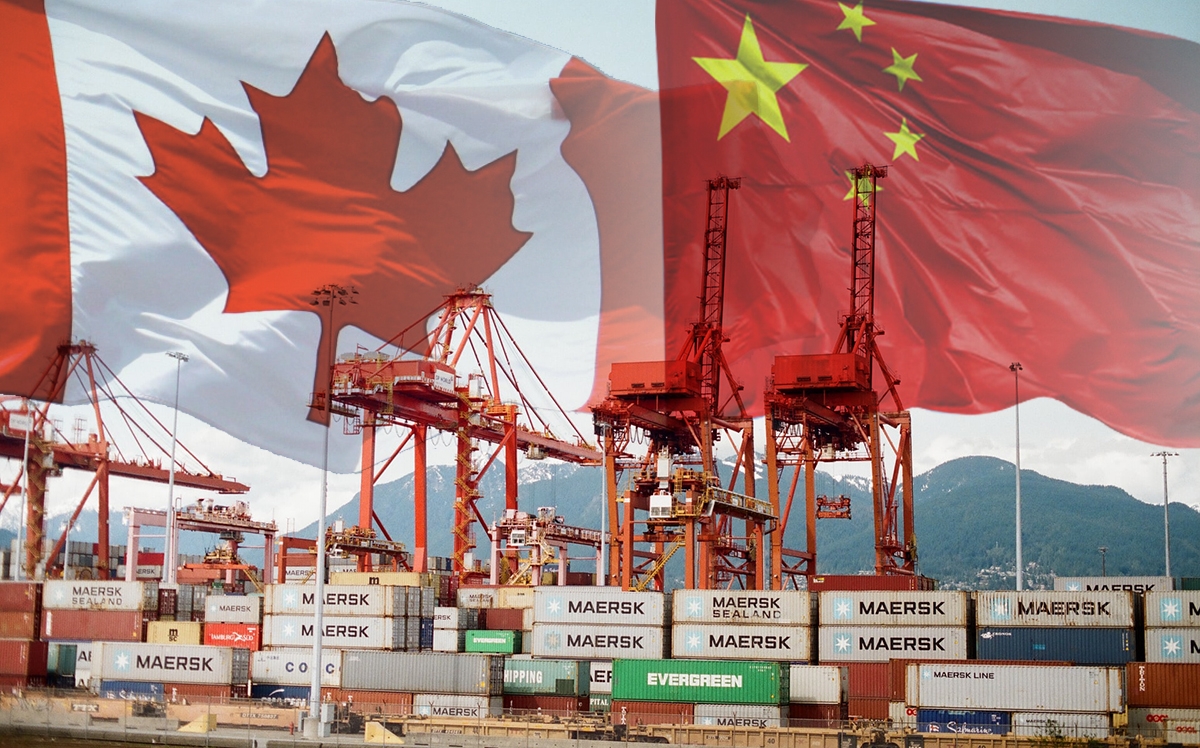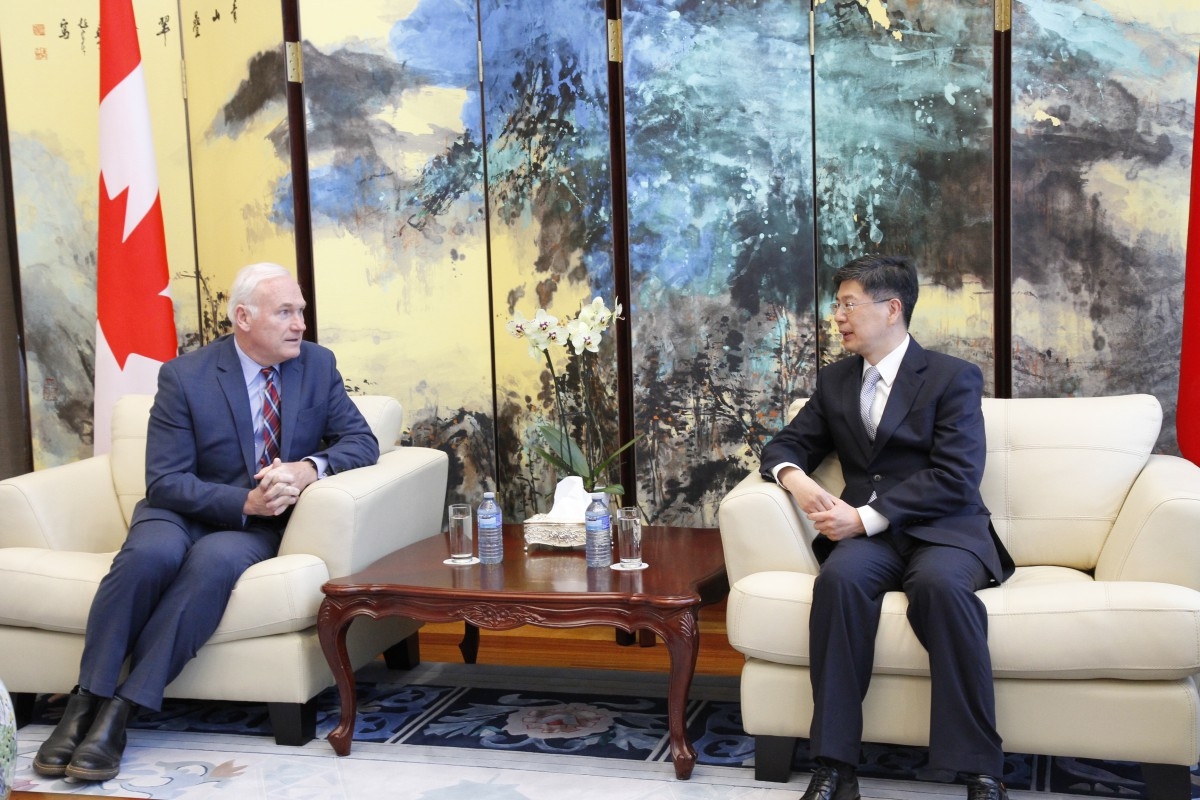
Canada and China: 50 years of “good ole times” in business
Ottawa Life Magazine has been publishing a Canada-China Series since 2013. The series focuses on bi-lateral interests, business affairs, people-to-people relations, Chinese culture and the Chinese diaspora in Canada. Since 2018 there has been tension in the Canada Chinese political relationship. Ottawa Life Magazine has continued and will continue to publish relevant information related to the bi-lateral relationship, including stories, columns and editorial features that present issues from the Chinese perspective, as well as from the Canadian government and other Canadian stakeholder points of view.
For almost 50 years, the Canadian Chinese business community have had a long-standing and fruitful bilateral relationship. Let’s dive into it together.
The first signal that a modern bilateral relationship would begin between the countries was in 1961 when Canada exported wheat to China. Nine years later, in 1970, diplomatic relations were established setting the stage for the historic 1973 first official visit of Prime Minister Pierre Trudeau to the Republic of China, to meet with Chinese President Mao Zedong. The two leaders established an economic and trade cooperation by signing a trade agreement.
According to the New York Times archive, the agreement was signed in the Great Hall of the People. Mr. Trudeau said that this came as a guarantee for both countries to emphasize “long-term commercial arrangements”, and they will grant each other the most-favoured-nation treatment. He added that part of this was the $1-billion wheat deal and other commodities offering trade opportunities, such as aluminum, wood pulp, potash, and nickel.
The Canada-China Business Council was founded in 1978 to promote business trade between the two countries. A year later, Canada added China to the list of countries eligible for its General Preferential Tariff (GPT). By providing tariff reductions, this helps developing countries increase their exports.
By 1997, China was Canada’s fourth-largest trading partner, with total annual trade of $8.7 billion. During this period, Canadian exports to China were less than 1 per cent of Canada’s total exports, and Chinese imports accounted for less than 2 per cent of all imported goods of Canada. However, the relationship began to flourish after China joined the World Trade Organization in 2001. Canada and China were founding members of the Asia-Pacific Economic Cooperation (APEC) forum. As members, both countries have worked to reduce the cost of cross-border trade, improve access to trade information, and simplify regulatory and administrative processes for business and trade transactions.
The growth in Canada’s merchandise trade with China reflects how China became an important economic force as it surpassed the U.K. and Japan in the early 2000s. By 2003, China was Canada’s second-largest trading partner after the U.S. In 2006, imports were five times higher than in 1997, and Canada’s exports to China tripled.
According to Fraser Institute, trade with China grew by more than 350 per cent between 1998 and 2007 while trade with other nations of the world grew by only 33 per cent. Further, between 2008 and 2013, Canada’s bilateral trade with China has increased faster than any other country in the world.
What we import from China:
Goods imported from China represented 5.5 per cent of Canada’s imports in 2003. In 2004, capital goods dominated the market, representing 44.8 per cent of all imports from China, and for the first time ever, they surpassed consumer goods. The biggest categories were mechanical appliances and electrical equipment like washers, dryers, and DVD players. Consumer goods (mainly toys) imports fell from 65 per cent in 1993 to 40 per cent in 2004. By 2017, the highest-valued imports to Canada from China were cellular telephones and laptop computers, accounting for 16 per cent of the total value of Canadian imports from China.
What Canada exports to China:
The top Canadian products that are exported to China are agricultural products from oilseeds to canola and soybeans to wood pulp. It’s interesting to note that during the 1990s, these products were practically non-existent on the market, and in 2003, only seafood was equivalent to half of the agricultural exports to China. The other sector that produced a huge change in the market is forestry. It has seen rapid gains rising from only 9 per cent, in 1992, to close to one-third, in the 2000s.
Conclusion
October 13 marked the 50th anniversary of the establishment of diplomatic relations. Despite the frosty atmosphere related to diplomatic and pandemic situations, both countries have benefited greatly from doing business together. The business ties and people to people ties may be a key underlier that will help bring about a solution to the current diplomatic calamity between Ottawa and Beijing.
Sources:
https://www150.statcan.gc.ca/n1/en/pub/11-624-m/11-624-m2004007-eng.pdf?st=CP5yH7iI
https://lop.parl.ca/sites/PublicWebsite/default/en_CA/ResearchPublications/TradeAndInvestment/2018588E
https://www.international.gc.ca/trade-agreements-accords-commerciaux/agr-acc/china-chine/study-comp-etude.aspx?lang=eng
https://www.fraserinstitute.org/sites/default/files/EconomicRelationswithChina.pdf
https://www.queensu.ca/sps/sites/webpublish.queensu.ca.spswww/files/files/Publications/workingpapers/50-Drummond-Clemens_2014_Canada-China.pdf
https://www.nytimes.com/1973/10/14/archives/trudeau-meets-with-mao-trade-agreement-signed.html
Photo: Kyle Ryan, Unsplash









